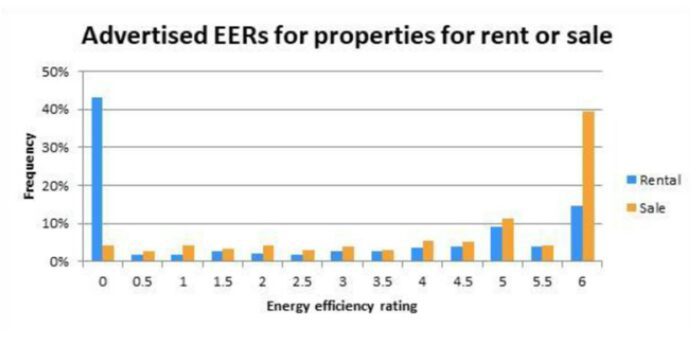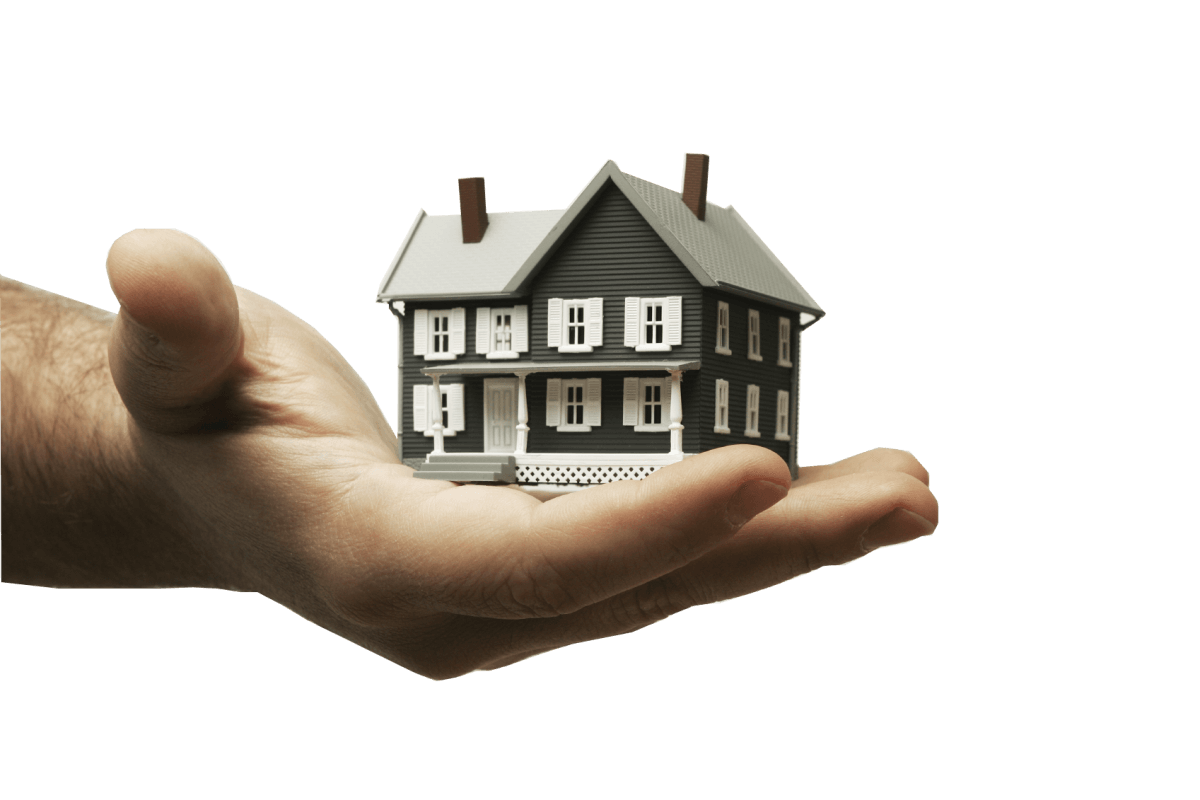Are you looking to rent? Then it may be worth your while finding a rental that’s cheap and easy to heat in winter and cool in summer. Sounds simple right? However, the cost of heating and cooling is often not foremost in renters’ minds, and it is often difficult to get useful information about the cost of heating and cooling from the agent. Fear not, this guide will clearly explain what to look out for in a rental so that makes it easy to heat and cool so you’re comfortable all year-round.
How to find the cost of heating and cooling your rental
Before you look for your rental, know that the cost of energy to heat and cool depends on:
- Energy Efficiency Rating (EER) of the property;
- The floor area of the living space;
- Cost of energy;
- The energy efficiency of appliances used for heating/ cooling.
Here’s an explanation of each of these terms and what to consider when you choose your rental.
Energy Efficiency Rating (EER)
The Energy Efficiency Rating (EER) reflects the energy efficiency of the property. It indicates the energy performance of the property on a scale between zero and 10. Zero represents poor performance and 10 represents excellent performance. A rating of zero indicates a property that is very inefficient and requires a lot of extra heating/cooling to maintain a comfortable temperature, so energy costs will be higher. To minimise energy costs, find a property with an EER of at least six .
Not all rentals will have an advertised EER. Better Renting (2018) analysed the energy performance of rentals in Canberra, they found that only a quarter (26%) of rentals had an advertised EER, and of those that did have an EER, two in five (43%) had the lowest EER of zero.

Figure 1- A large proportion of rental properties in Canberra has a very low EER. (Better Renting, 2018)
A couple of tips to find a good EER when rental hunting. A rental with a low EER may have gaps around the doors and windows which cause draughts, and the windows might only be single glazed, or there might be large windows facing south and west. By contrast, a property with a high EER may have tight-fitting doors and windows with no gaps, double glazed windows, and large windows facing north and east. The direction of windows is important because westerly windows will gain heat in the summer, southerly windows will lose heat in the winter, while north and east-facing windows will gain heat in winter, and lose heat in summer. As a rule of thumb, older houses have a lower EER, while newer houses tend to have a higher EER.
Floor Area
This is the living area that will be heated or cooled in the rental. As you can guess, a larger rental will cost more to heat and cool than a smaller property. If possible for your current situation, you can minimise the energy cost by choosing a rental with a small living area.
Energy Cost
This is the cost of electricity or gas. It is worthwhile finding the best available plan for your needs by going to energymadeeasy.com and following the prompts. After you provide information on how you use energy, it will give you a list of quotes for energy plans. You can either switch to the cheapest energy plan or call your current energy provider and negotiate a cheaper plan using the cheaper quotes listed as a bargaining chip.
Energy Efficiency
This is a measure of how effectively the property’s heater or air conditioner uses energy to heat and cool the rental property. Different appliances have varying degrees of cost-effectiveness. For heating, the most cost-effective appliance is the reverse cycle air conditioner, followed by the gas heater.he electric column heater is the most expensive heating method. The most cost-effective cooling method is the evaporative cooler/fan, and the air conditioner is the most expensive. Try to choose a rental with a new and efficient air conditioner for heating, with an evaporative cooler for cooling.
Also, white goods like fridges, washing machines, gas heaters and air conditioners have star ratings between one and six to indicate its energy efficiency. You can check the star rating of an existing system by searching on the energy rating calculator online. As a rule, older systems tend to be less energy efficient compared to newer systems. Try to choose a rental with a new and efficient air conditioning system.
How much can you save
Your household can potentially save thousands of dollars simply by choosing a rental that is cheap and easy to heat and cool. Take two examples:
- High-Cost Case
Consider the annual heating and cooling cost of a large (200 m2) house, with a low EER (1) with a gas price of 3.31 c/MJ, and a moderately efficient gas heating system with a star rating of 4. Attempting to keep this home at a comfortable temperature could cost up to $6,500 per year! If the rent was $400 a week, energy cost would represent 23.8% of the cost of living in the rental property. If you lived in this house, it’s likely the cost of energy would be a huge drain on your student budget.
- Low-Cost Case
By contrast, consider a small (100 m2) apartment, with a high EER (7), with an electricity price of 20.78 c/kWh, and an efficient air conditioning system with a energy rating [QU4] of 4.2. The cost of heating and cooling could be up to $165 per year (figure 3). If rent were $400 a week, energy cost would represent 0.8% of the cost of living in the rental property. You could cover the cost of energy with your weekly loose change.
Why is there such a difference?!
You’d be right to think that paying six thousand dollars for energy is exorbitant. However, this indicates the maximum cost to keep this type of property at a comfortable temperature. Realistically, many people in large thermally inefficient properties would minimise their energy cost by reducing their living space or coping with uncomfortable temperatures. The important point is that you can potentially save thousands and be more comfortable by choosing a small, energy-efficient rental with air conditioning and evaporative cooling.
At your next rental inspection…
Rental properties have vastly different costs required to keep the living space at a comfortable temperature. When faced with the option, selecting a rental with a high EER, a small living area with air conditioning and evaporative cooling allows you to vastly reduce the cost of energy compared to a large rental with a low EER with gas heating. Until new tenancy laws arrive in the ACT to mandate a minimum standard of energy efficiency for rental properties, knowing these tips and tricks will help you select a comfortable and affordable place to rent.
References
Better Renting (2018) The energy efficiency of rental properties in the ACT. Available at: https://www.betterrenting.org.au/energy_efficiency_report.
Think your name would look good in print? Woroni is always open for submissions. Email write@woroni.com.au with a pitch or draft. You can find more info on submitting here.
We acknowledge the Ngunnawal and Ngambri people, who are the Traditional Custodians of the land on which Woroni, Woroni Radio and Woroni TV are created, edited, published, printed and distributed. We pay our respects to Elders past and present. We acknowledge that the name Woroni was taken from the Wadi Wadi Nation without permission, and we are striving to do better for future reconciliation.
